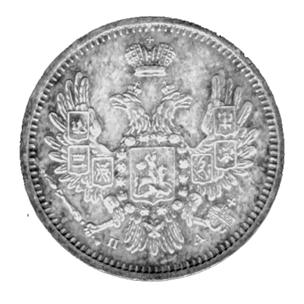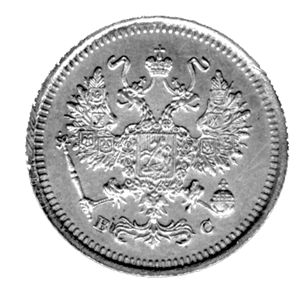Modern Dime Side Silver Coins of the World
Roger deWardt Lane
The original work was completed, after thirty odd years of research, in 1997. Two laser printed copies produced. The first copy was donated to the American Numismatic Society for their library in New York and the duplicate remains the authors original.
Then in late 2002 the first CD-rom copies were produced, to be follower in early 2003 with a technically improved version as the Revised 2003 version.
During the past few years, small typos or spelling corrections have been made to the MASTER, when noted.
Just this month, September 2003, two significant updates were noted. First with the editorial excellence of Krause Publications World Coin News Paul M.Green in his October 2003 article on the Gold Museum, he identified a long sought after answer. On many of the Costa Rica series, the initials of the Assayer G.W. was described as Guillermo Witting. The article included a remarkable picture of the gentleman.
Second, the recent purchase of a duplicate 10 kopek Russian piece dated 1893 was being studied under a 16-power glass. At the same time I had displayed on my computer the Russian pages from my "Book". I noticed that the center shield on the coat of arms of St. George was facing left. Comparing this to the description of the series displayed on the computer screen, I noted that in my text I had listed St. George in the other direction.
I remembered that the coat of arms had been changed in 1859 from six shields on the wings to eight, as described on page 6 of the Russian chapter. In the 10 Kopek series there were both types dated 1859, six and eight shields.
The first period has St. George looking East all the way to Siberia. The change signifies the reorientation to the West, now including Kiev, Vladimir, Novgorod and Georgia.
The full description of the individual shields are noted as follows.
From top left:
Khanate of Kazan, on Volga River Khanate of Astrakhan, on Caspian Sea Volga River delta, part of Russia since 1670 Siberia, Eastern Russia
From top right:
Poland, to Russia in 1815 Khanate of Tauride, the Crimea from the the Ottoman Empire in 1783 Grande Duchy of Finland, from Sweden in 1808

The Double Headed Imperial Eagle of Russia From 1859 to 1917, St.George to left and the Russian Eagle contained on the wings eight shields arranged as follows;
From top left:
Kazan, Poland, Tauride and the new shield with the combined Arms of Kiev, Vladimir and Novgorod.
From top right:
Astrakhan, Siberia, the new shield of Georgia (part of Russia since 1801) and Finland.
